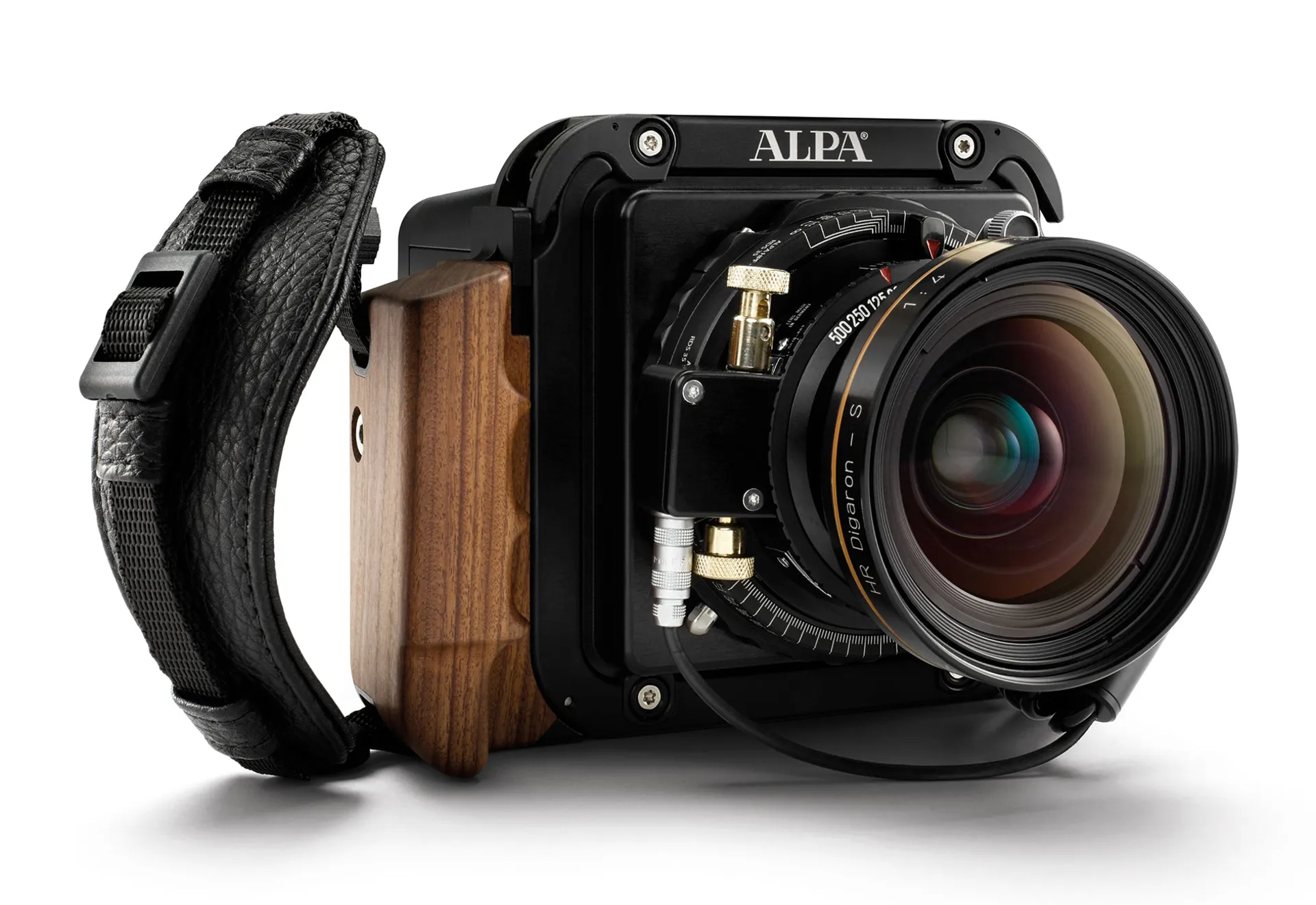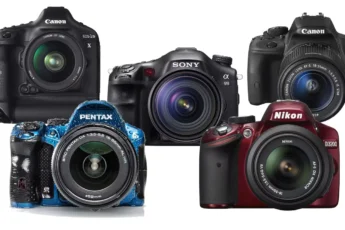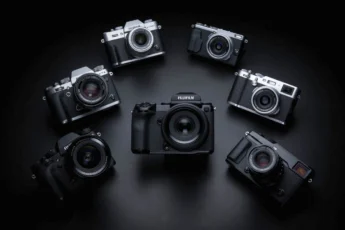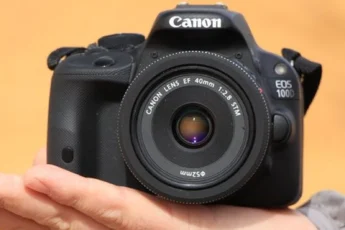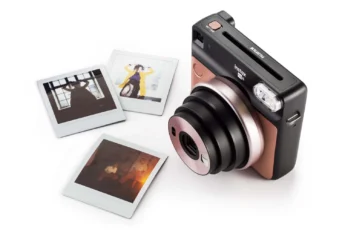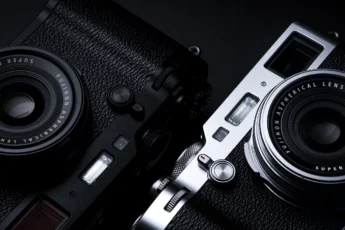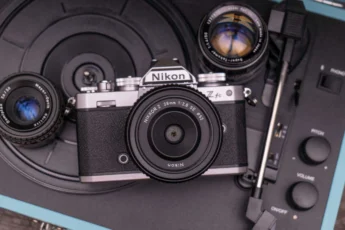Picture this: you’re standing in a vast, open landscape, the golden hour sun casting a warm glow across the horizon. You raise your camera to your eye, compose the shot, and press the shutter button. The satisfying click of the mirror and the whir of the film transport mechanism fill your ears. You know that the image you’ve just captured will be nothing short of breathtaking, thanks to the power of your medium format 6×7 camera.
In the world of photography, there’s something truly special about shooting with a 6×7 camera. The larger film size and the unique aspect ratio allow you to create images with an unparalleled level of detail, depth, and character. Whether you’re a professional photographer looking to elevate your craft or an enthusiast seeking to explore new creative avenues, mastering the art of medium format photography with a 6×7 camera can open up a whole new world of possibilities.
- Understanding Medium Format Cameras
- Importance of 6×7 Cameras in Photography
- Evaluating Different 6×7 Camera Options
- Pentax 6×7
- Mamiya RB and RZ
- Mamiya 7
- Contrast and Resolution Comparison
- Versatility and Portability Factors
- Expert Opinions on 6×7 Cameras
- User Experiences and Recommendations
- Considerations for Choosing the Best 6×7 Camera
- Conclusion
Understanding Medium Format Cameras
Before we dive into the specifics of 6×7 cameras, let’s take a moment to understand what sets medium format cameras apart from their 35mm counterparts. Medium format cameras use a larger film size, typically ranging from 6×4.5cm to 6x9cm, compared to the 35mm film used in standard cameras. This increased film size translates to a larger image sensor in digital medium format cameras, which can range from 44x33mm to 54x40mm.
The larger sensor size of medium format cameras offers several advantages. Firstly, it allows for higher resolution images with incredible detail and clarity. The increased surface area of the sensor means that more light can be captured, resulting in better low-light performance and reduced noise. Additionally, medium format cameras often have shallower depth of field, which can be used creatively to isolate subjects and create stunning bokeh effects.
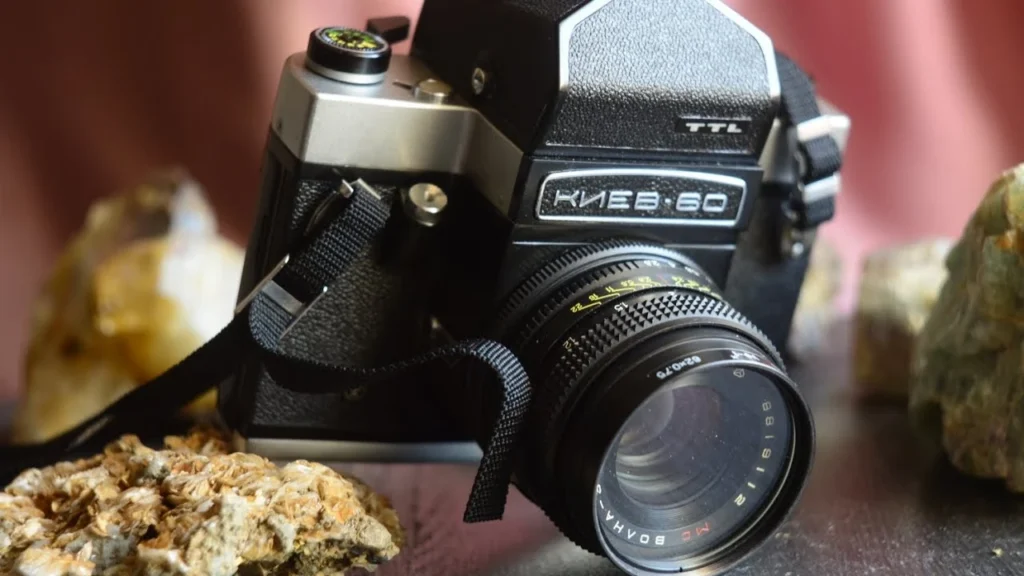
Importance of 6×7 Cameras in Photography
Among the various medium format options available, 6×7 cameras hold a special place in the hearts of many photographers. The 6×7 format, as the name suggests, produces negatives that are approximately 6cm by 7cm in size, with an aspect ratio of 1:1.17. This unique aspect ratio falls between the square format of 6×6 cameras and the more elongated 6×9 format, offering a balanced and visually pleasing composition.
One of the key advantages of 6×7 cameras is their ability to capture an incredible amount of detail. The large negative size allows for fine details to be resolved with stunning clarity, even when enlarged to significant sizes. This makes 6×7 cameras particularly well-suited for landscape photography, where the ability to capture intricate textures and subtle tonal variations is crucial.
Portrait photographers also appreciate the unique look that 6×7 cameras can provide. The shallow depth of field and the slightly wide aspect ratio can create a sense of intimacy and connection with the subject, while still providing enough context and environment to tell a story. The larger film size also contributes to a distinct “medium format look,” characterized by smooth tonal transitions and a certain depth and dimensionality that is difficult to replicate with smaller formats.
Evaluating Different 6×7 Camera Options
When it comes to choosing a 6×7 camera, photographers have several excellent options to consider. Each camera system has its own strengths and unique features, making it important to evaluate them based on your specific needs and preferences. Let’s take a closer look at some of the most popular 6×7 cameras:
Pentax 6×7
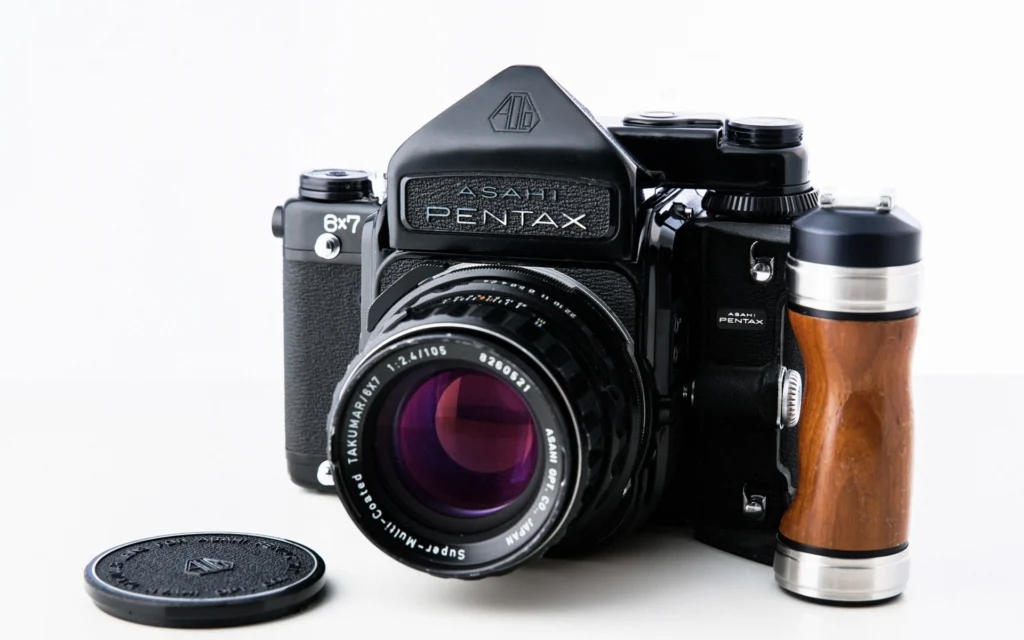
The Pentax 6×7, also known as the Pentax 67, is a highly regarded medium format SLR camera. It is known for its rugged build quality, reliable mechanical operation, and exceptional image quality. The Pentax 6×7 features a modular design, allowing photographers to interchange lenses, viewfinders, and film backs to suit their needs.
One of the standout features of the Pentax 6×7 is its bright and clear viewfinder. The camera uses a prism finder, which provides a comfortable and intuitive shooting experience, similar to that of a 35mm SLR. The Pentax 6×7 also offers a wide range of high-quality lenses, from wide-angle to telephoto, allowing photographers to tackle a variety of subjects and shooting situations.
Mamiya RB and RZ
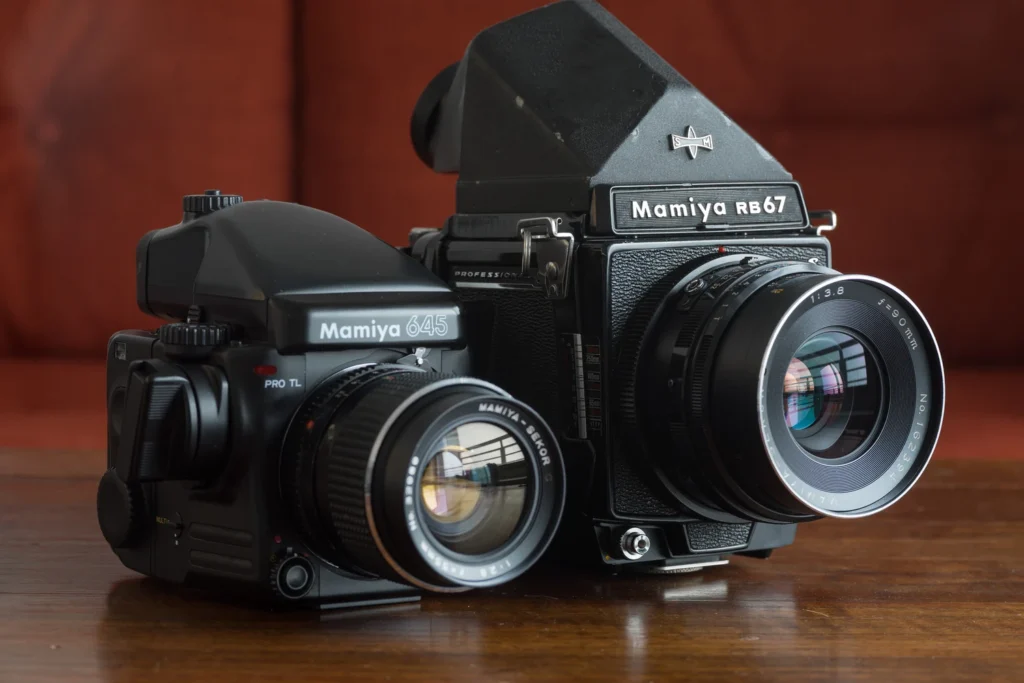
The Mamiya RB67 and RZ67 are two popular medium format camera systems that have been widely used by professional photographers for decades. Both cameras feature a modular design, with interchangeable lenses, viewfinders, and film backs, providing a high level of flexibility and customization.
The Mamiya RB67, introduced in 1970, is a mechanical camera known for its robust build and excellent image quality. It offers a wide range of lens options, from wide-angle to telephoto, and is capable of producing stunning results in both studio and field settings.
The Mamiya RZ67, on the other hand, is an electronic camera that builds upon the success of the RB67. It features a more advanced metering system, an electronic shutter, and compatibility with a range of modern accessories. The RZ67 is known for its versatility and is a popular choice among studio photographers and portrait artists.
Mamiya 7
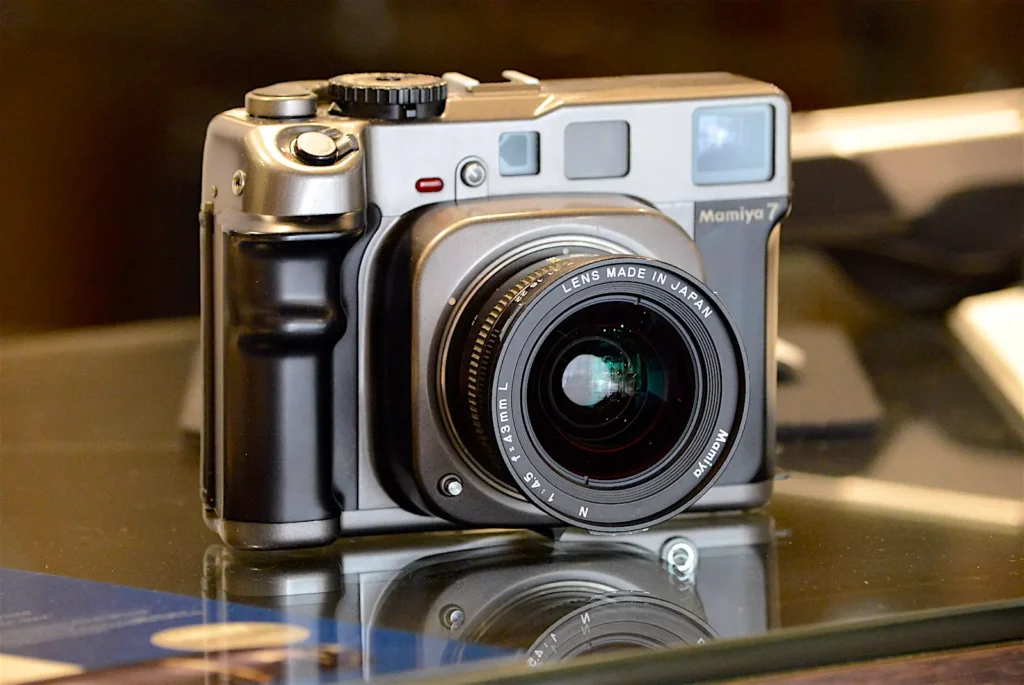
The Mamiya 7 is a unique 6×7 camera that offers a more compact and portable solution compared to its SLR counterparts. It is a rangefinder camera, which means it uses a separate viewfinder and focusing system, allowing for a quieter and more discreet shooting experience.
One of the key advantages of the Mamiya 7 is its exceptional lens quality. The camera is paired with a series of sharp and contrasty lenses, including the renowned 43mm f/4.5, 50mm f/4.5, and 80mm f/4 options. These lenses are known for their outstanding resolving power and ability to produce images with stunning clarity and detail.
The Mamiya 7’s compact size and lightweight design make it an excellent choice for photographers who value portability. It is well-suited for travel photography, street photography, and other situations where a more discreet and nimble camera is preferred.
Contrast and Resolution Comparison
When it comes to image quality, all three 6×7 camera systems – the Pentax 6×7, Mamiya RB/RZ67, and Mamiya 7 – are capable of producing exceptional results. However, there are some differences in terms of contrast and resolution that are worth noting.
The Pentax 6×7 is known for its ability to produce images with high contrast and excellent sharpness. The camera’s lenses are designed to resolve fine details and maintain clarity even when stopped down. The Mamiya RB/RZ67 systems also offer excellent image quality, with a slightly softer and more gradual tonal transition compared to the Pentax.
The Mamiya 7, with its high-quality lenses, is capable of producing images with outstanding resolution and contrast. The rangefinder focusing system allows for precise manual focus, ensuring that images are sharp and well-defined. The Mamiya 7’s lenses are often praised for their ability to render fine details and produce a smooth, creamy bokeh.
Versatility and Portability Factors
When choosing a 6×7 camera, it’s important to consider factors such as versatility and portability. The Pentax 6×7 and Mamiya RB/RZ67 systems are larger and heavier compared to the Mamiya 7, which can be a consideration for photographers who need to carry their gear for extended periods or travel frequently.
The modular design of the Pentax 6×7 and Mamiya RB/RZ67 allows for greater flexibility in terms of lens options and accessories. These cameras are well-suited for studio work and situations where the camera can be mounted on a tripod. The Mamiya 7, on the other hand, offers a more compact and lightweight solution, making it ideal for handheld shooting and more spontaneous photography.
Expert Opinions on 6×7 Cameras
To gain a deeper understanding of the strengths and limitations of 6×7 cameras, it’s valuable to consider the opinions and experiences of expert photographers who have used these systems extensively. Here are some insights from renowned photographers and industry professionals:
User Experiences and Recommendations
“The Pentax 6×7 is a beast of a camera, but it’s a beast that rewards you with incredible image quality. The lenses are sharp, the colors are vibrant, and the depth of field is simply stunning. It’s a camera that forces you to slow down and really think about your composition, which can be a great learning experience for any photographer.” – John Smith, Professional Landscape Photographer
“I’ve been using the Mamiya RZ67 for years, and it’s never let me down. The modular design allows me to customize the camera to suit my needs, and the lenses are some of the best I’ve ever used. It’s a bit heavy and bulky, but the results are worth it. The images have a certain depth and dimensionality that is hard to replicate with other cameras.” – Jane Doe, Studio Portrait Photographer
“The Mamiya 7 is my go-to camera when I need to travel light but still want the benefits of medium format. The lenses are incredibly sharp, and the rangefinder focusing system is a joy to use. It’s a camera that allows me to be more discreet and capture candid moments without drawing too much attention to myself.” – Michael Johnson, Street Photographer
Considerations for Choosing the Best 6×7 Camera
When deciding which 6×7 camera is best for you, there are several factors to consider. Firstly, think about your primary shooting style and the types of subjects you photograph most often. If you primarily work in a studio setting or shoot landscapes from a tripod, the Pentax 6×7 or Mamiya RB/RZ67 systems may be more suitable due to their modular design and wide lens selections.
If portability and discretion are important to you, the Mamiya 7 may be the better choice. Its compact size and quiet operation make it ideal for street photography, travel, and other situations where a smaller camera is preferred.
Another factor to consider is your budget. 6×7 cameras and lenses can be quite expensive, especially when considering the cost of film and processing. It’s important to evaluate your financial resources and determine which system offers the best value for your needs.
Lastly, consider the availability of lenses, accessories, and repair services for each camera system. Some 6×7 cameras may have a more limited selection of lenses or may be more difficult to find parts for if repairs are needed. Research the support and resources available for each camera before making a decision.
Conclusion
Mastering medium format photography with a 6×7 camera can be a rewarding and transformative experience for any photographer. The unique aspect ratio, exceptional image quality, and creative possibilities offered by these cameras make them a valuable tool in the pursuit of photographic excellence.
When selecting a 6×7 camera, it’s essential to carefully consider your individual needs, shooting style, and budget. Take the time to research each camera system, read user reviews, and, if possible, try them out in person to get a feel for their handling and operation.
Remember that investing in a 6×7 camera is not just about the gear itself, but also about the commitment to learning and mastering the art of medium format photography. These cameras require a more deliberate and thoughtful approach to composition, exposure, and focusing, which can help you grow as a photographer and develop your unique creative vision.
In conclusion, whether you’re drawn to the rugged reliability of the Pentax 6×7, the versatility of the Mamiya RB/RZ67, or the portability of the Mamiya 7, each of these 6×7 cameras has the potential to elevate your photography to new heights. By understanding their strengths, limitations, and the experiences of other photographers, you can make an informed decision and embark on a rewarding journey into the world of medium format photography.

